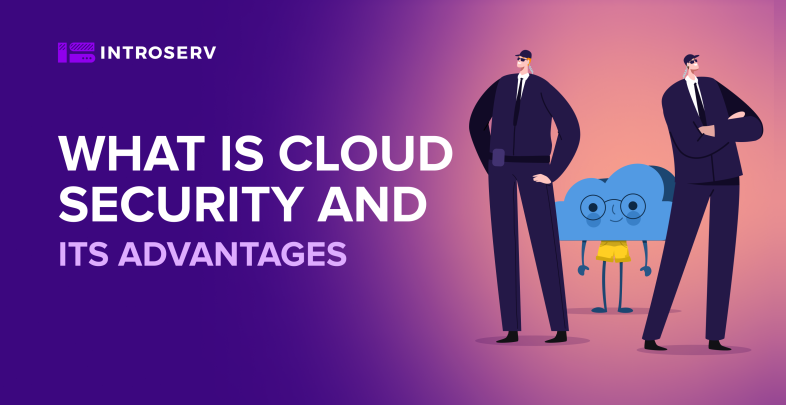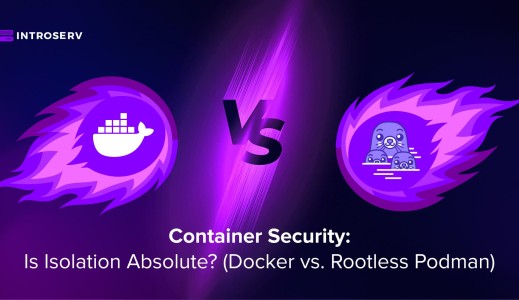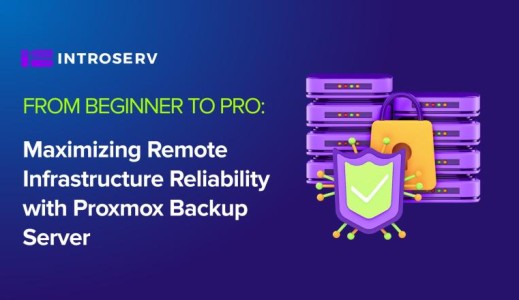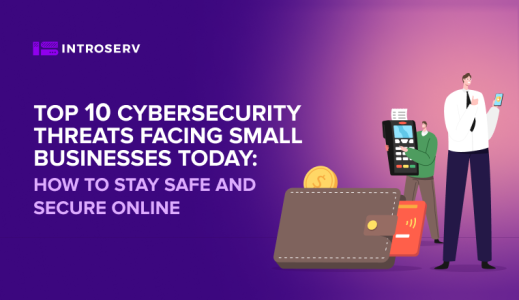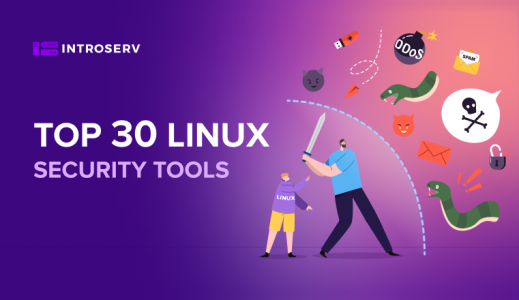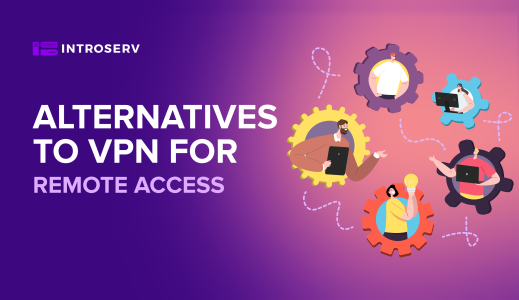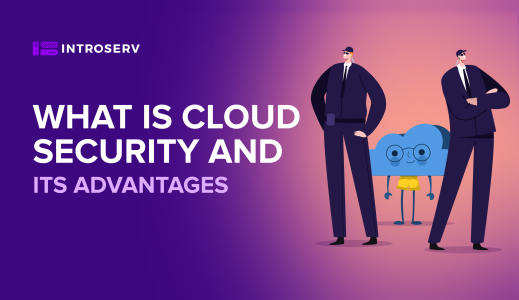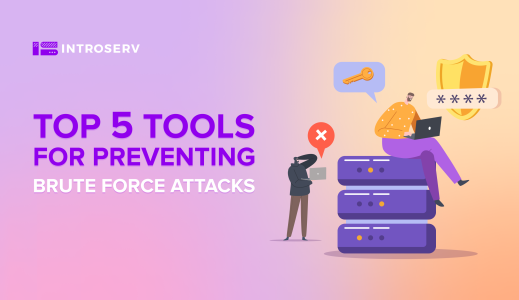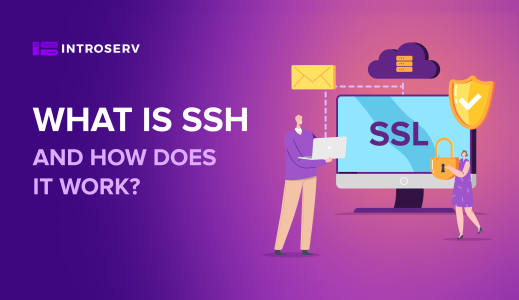Securing the cloud environment is of utmost importance in protecting sensitive data, applications, and infrastructure against cyber threats. It is an essential aspect to consider for organizations utilizing cloud computing services, be it Infrastructure as a Service (IaaS), Platform as a Service (PaaS), or Software as a Service (SaaS). This article will delve into the realm of cloud security, highlighting its significance and the benefits it offers to businesses and individuals across all scales.
Understanding Cloud Security
Cloud risk management serves as a subset of cyber security, specifically tailored to address the unique security requirements and challenges associated with cloud computing environments. It encompasses a wide range of measures aimed at safeguarding cloud environments from a myriad of threats, including hackers, malware, ransomware, denial-of-service attacks, data breaches, and insider risks. The focus of information security extends to protecting both the underlying cloud infrastructure and the data and applications residing within it.
How does it work?
To ensure comprehensive cloud security, a combination of cutting-edge technologies, practices, and policies are employed. Here's an overview of how data protection works:
Infrastructure Protection:
Cloud providers assume the responsibility of fortifying the foundational infrastructure that houses the cloud services. They implement robust physical security measures, encompassing data center access controls, surveillance systems, and environmental safeguards to ensure the protection of the physical facilities. Moreover, they diligently manage and secure the network infrastructure connecting these cloud services.
Authentication and Access Control:
Cloud security seamlessly integrates authentication and access control mechanisms to grant access solely to authorized individuals. This involves employing robust authentication methods, such as passwords, multi-factor authentication (MFA), and biometrics. Additionally, role-based access controls (RBAC) are implemented to manage user privileges effectively, thereby restricting access to sensitive data and resources.
Data Security:
Cloud security places great emphasis on safeguarding data both during storage and transit. Encryption techniques are widely employed to secure data, rendering it unreadable to unauthorized entities. Security solutions often offer encryption options, including storage-level encryption and encryption protocols such as SLS/TLS for data in transit.
Threat Detection and Prevention:
Cloud security encompasses an array of measures to detect and thwart security threats. Intrusion detection and prevention systems (IDS/IPS) actively monitor network traffic, swiftly identifying and responding to potential intrusions or attacks. Furthermore, security information and event management (SIEM) tools scrutinize logs and events, enabling the detection of suspicious activities. Leveraging threat intelligence and machine learning algorithms, cloud providers continuously identify and mitigate emerging threats.
Vulnerability Management:
Regular scanning and assessment of cloud resources are integral to cloud security, enabling the identification of vulnerabilities. Employing vulnerability management tools and practices, security weaknesses are efficiently detected and remediated. This includes the timely application of patches to address known vulnerabilities in operating systems, software, and firmware.
Security Monitoring and Logging:
Continuous monitoring of cloud environments is a crucial aspect of cloud security. Cutting-edge security monitoring tools meticulously track and analyze activities within the cloud environment, generating alerts for any suspicious behavior or unauthorized access attempts. Detailed logs and audit trails are maintained, facilitating analysis, compliance audits, and efficient incident response.
Compliance and Governance:
Adherence to industry-specific regulations and compliance requirements is a pivotal element of cloud security. Cloud providers proactively offer compliance certifications and features that assist organizations in meeting rigorous regulatory standards. They further equip businesses with tools and controls for efficient data governance, privacy protection, and access management.
Incident Response and Recovery:
Comprehensive cloud security incorporates robust incident response plans and procedures to effectively address security breaches or incidents. Dedicated incident response teams shoulder the responsibility of detecting, containing, and mitigating security threats. Additionally, service providers often extend backup and disaster recovery services, ensuring data resilience and rapid recovery in the face of data loss or system failures.
Cloud security operates as a shared responsibility between the cloud provider and the customer. While service providers secure the underlying infrastructure, customers hold the responsibility of securing their applications, data, user access, and configurations within the cloud environment.
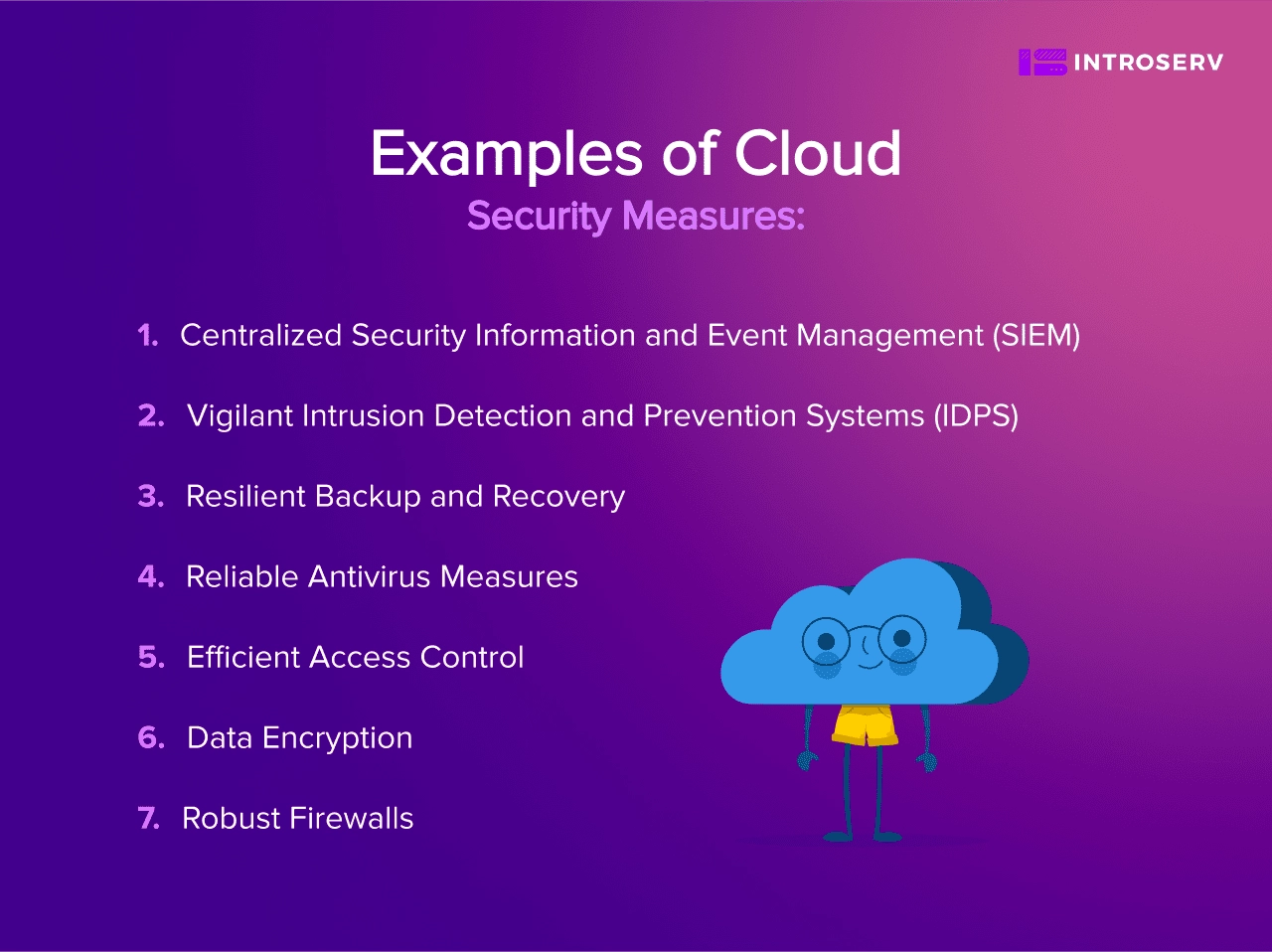
Examples of Cloud Security Measures:
To ensure robust security in the cloud, a variety of approaches and tools can be employed, tailored to specific requirements and levels of protection. Some examples of cloud security are:
Data Encryption:
Encryption stands as a fundamental pillar of security, transforming data into an indecipherable format using encryption algorithms and cryptographic keys. This powerful technique fortifies sensitive information stored in the cloud, rendering it virtually inaccessible and incomprehensible to unauthorized individuals. Encryption can be applied to both data at rest, such as stored files and databases, and data in transit, including information exchanged between clients and cloud servers.
Efficient Access Control:
Implementing stringent access controls is vital in maintaining the integrity of cloud resources. This includes robust user authentication, authorization policies, and role-based access controls (RBAC) that restrict privileges based on predefined roles and responsibilities. These measures ensure that only authorized individuals or groups can access and interact with cloud resources, mitigating the risk of unauthorized access.
Robust Firewalls:
Firewalls serve as protective barriers between internal and external networks, meticulously filtering incoming and outgoing network traffic. They monitor and filter incoming and outgoing network traffic, safeguarding cloud services and applications from potential threats. By analyzing data packets and enforcing security policies, firewalls block malicious traffic and unauthorized access attempts, bolstering the protection of cloud resources.
Reliable Antivirus Measures:
Robust antivirus software is essential to detect and prevent malware that could compromise the integrity and confidentiality of cloud data. By scanning files, applications, and systems, antivirus solutions identify and eliminate viruses, worms, Trojans, and other malicious software. This ensures the ongoing security of the cloud infrastructure and mitigates the risk of malware propagation.
Resilient Backup and Recovery:
Implementing robust backup and recovery strategies serves as an essential facet of cloud security, ensuring the availability and integrity of data. Regular backups of data and system configurations are diligently created and stored in separate locations, safeguarding against accidental data loss, hardware failures, natural disasters, or cyberattacks. By routinely testing backup and recovery plans, organizations can ascertain their effectiveness and guarantee the successful restoration of data and systems when necessary.
Vigilant Intrusion Detection and Prevention Systems (IDPS):
IDPS tools actively monitor network traffic and systems, on the lookout for suspicious activities or potential security breaches. By swiftly identifying unauthorized access attempts, anomalous behaviors, and known attack patterns in real-time, IDPS tools bolster data protection. These systems proactively detect and prevent intrusions, providing an additional layer of protection to cloud environments.
Centralized Security Information and Event Management (SIEM):
SIEM systems aggregate and analyze log data from various sources within the cloud infrastructure, providing centralized visibility into security events. By correlating and analyzing this data, SIEM tools identify anomalies and potential security incidents, generating alerts or notifications. This facilitates proactive incident response and enables organizations to conduct thorough forensic analysis when necessary.
Benefits of Cloud Security:
Harnessing the power of cloud computing entails a multitude of benefits for both individuals and organizations. Below, we explore the advantages that can be realized through robust data protection measures:
1. Enhanced Data Protection:
Measures, such as encryption and access controls, ensure that information is protected both at rest and in transit. This significantly reduces the risk of data breaches and unauthorized access to sensitive information.
2. Increased Reliability and Availability:
Cloud service providers make substantial investments in infrastructure and cutting-edge technologies, guaranteeing elevated levels of reliability and availability. By embracing cloud security, you can enjoy the benefits of resilient data centers, redundant measures, and disaster recovery capabilities. It translates into improved service uptime and seamless continuity.
3. Scalability and Flexibility:
Tailored to the evolving needs of businesses, cloud security solutions possess inherent scalability. You can effortlessly augment their security capacities as their requirements expand, sidestepping the need for substantial upfront investments in hardware or software
4. Cost Efficiency:
Network security liberates organizations from the burden of maintaining and updating on-premises security infrastructure. Cloud service providers shoulder the responsibility of managing, maintaining, and upgrading security systems, culminating in cost savings related to hardware, software licenses, and dedicated IT security personnel.
5. Expertise and Continuous Monitoring:
Cloud service providers employ dedicated security teams with expertise in managing and monitoring cloud environments. This ensures that safety measures are continuously updated and improved to combat emerging threats effectively.
6. Streamlined Compliance:
Cloud security providers often offer compliance frameworks and certifications that help organizations meet industry-specific regulatory requirements. They often incorporate industry standards and regulations such as GDPR, HIPAA, PCI DSS and ISO. By leveraging these frameworks, you can streamline their compliance efforts and demonstrate adherence to security principles.
In conclusion, the implementation of robust cloud security measures is vital for ensuring the protection and integrity of data, applications, and infrastructure within cloud computing services. By prioritizing information security, organizations can leverage the numerous benefits offered by cloud computing while mitigating the risks associated with data breaches, unauthorized access, and emerging threats.
